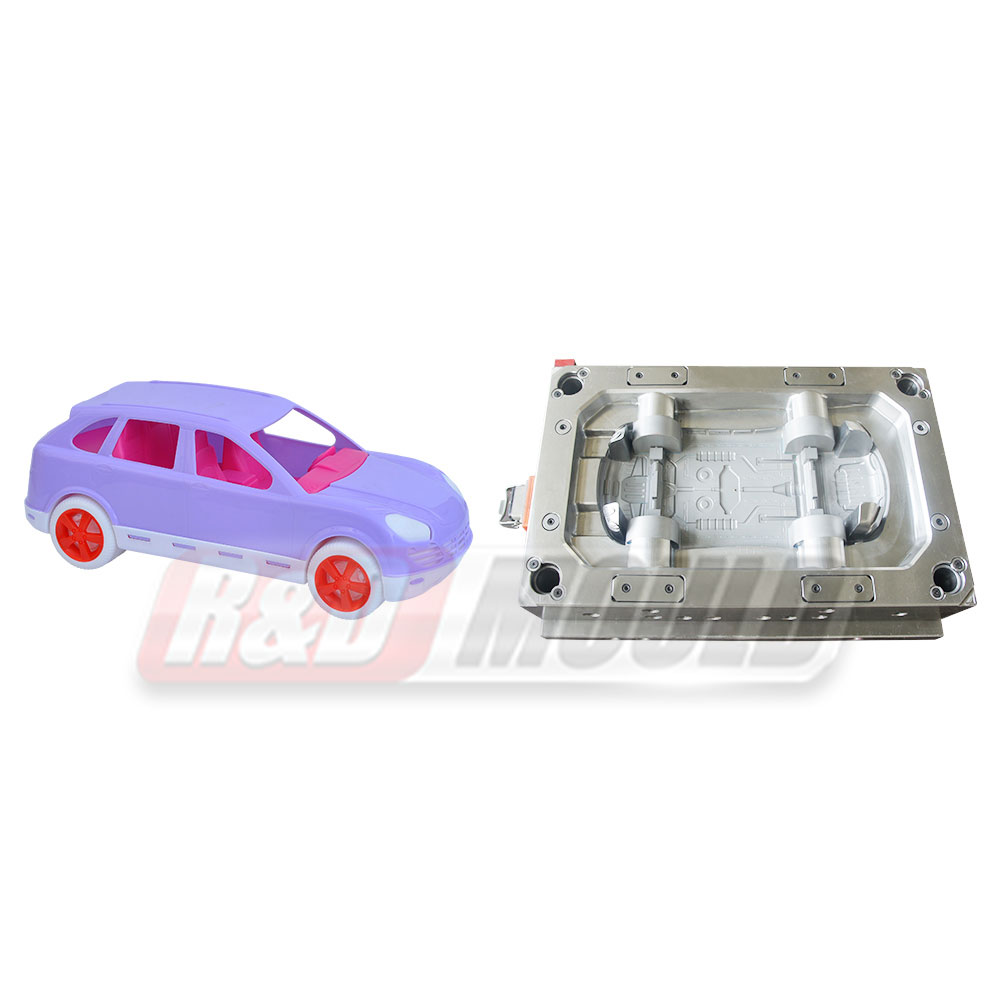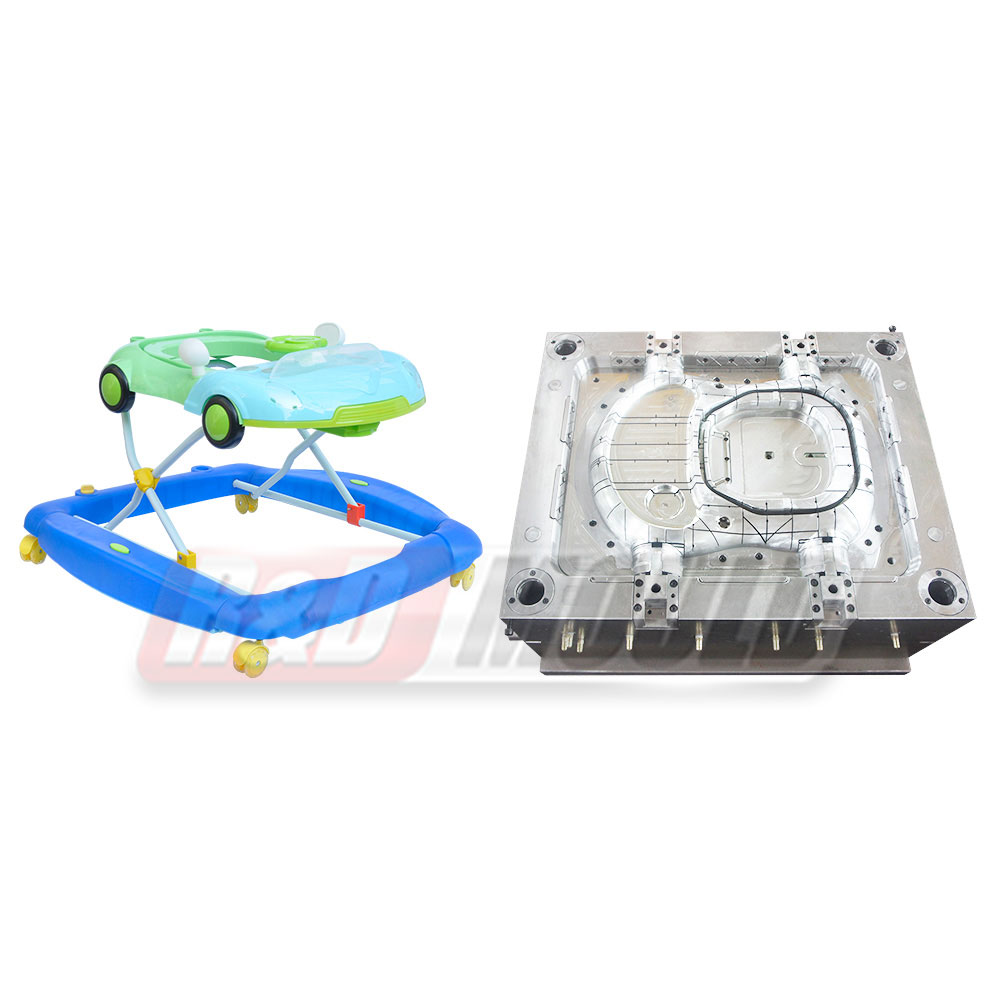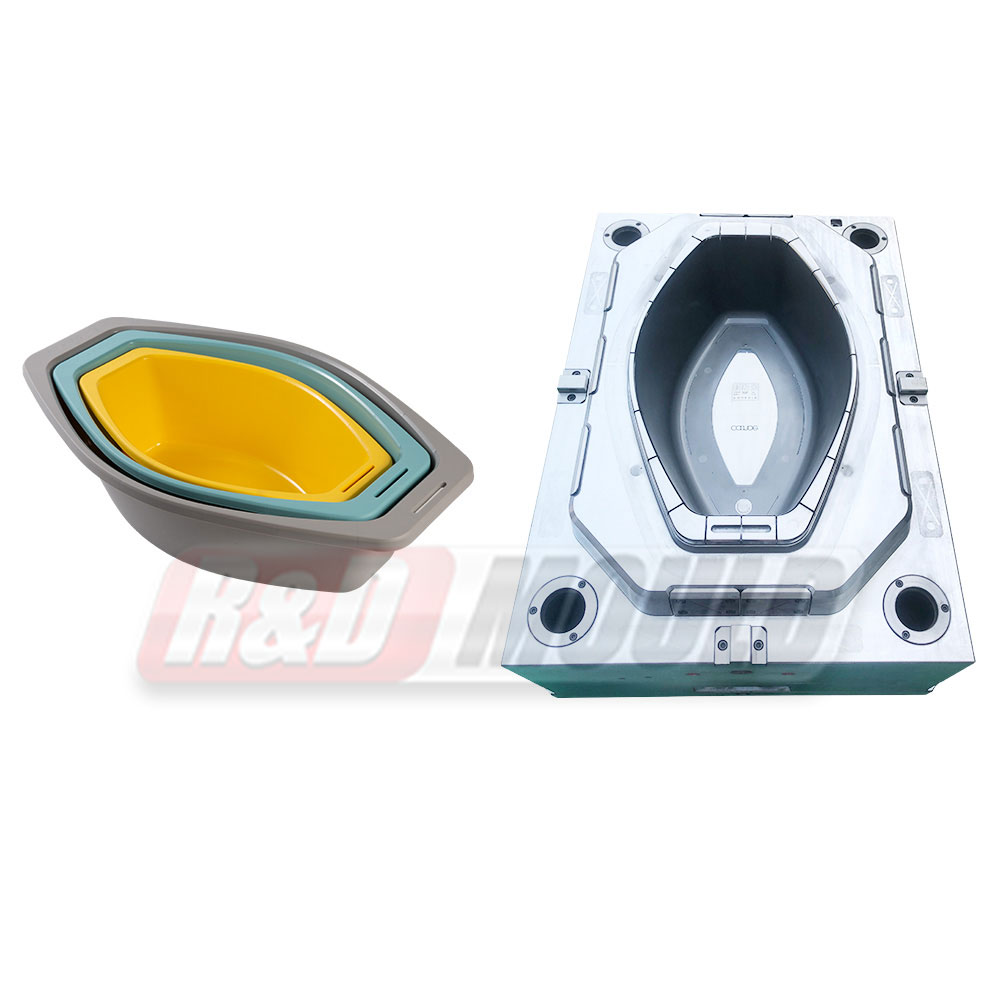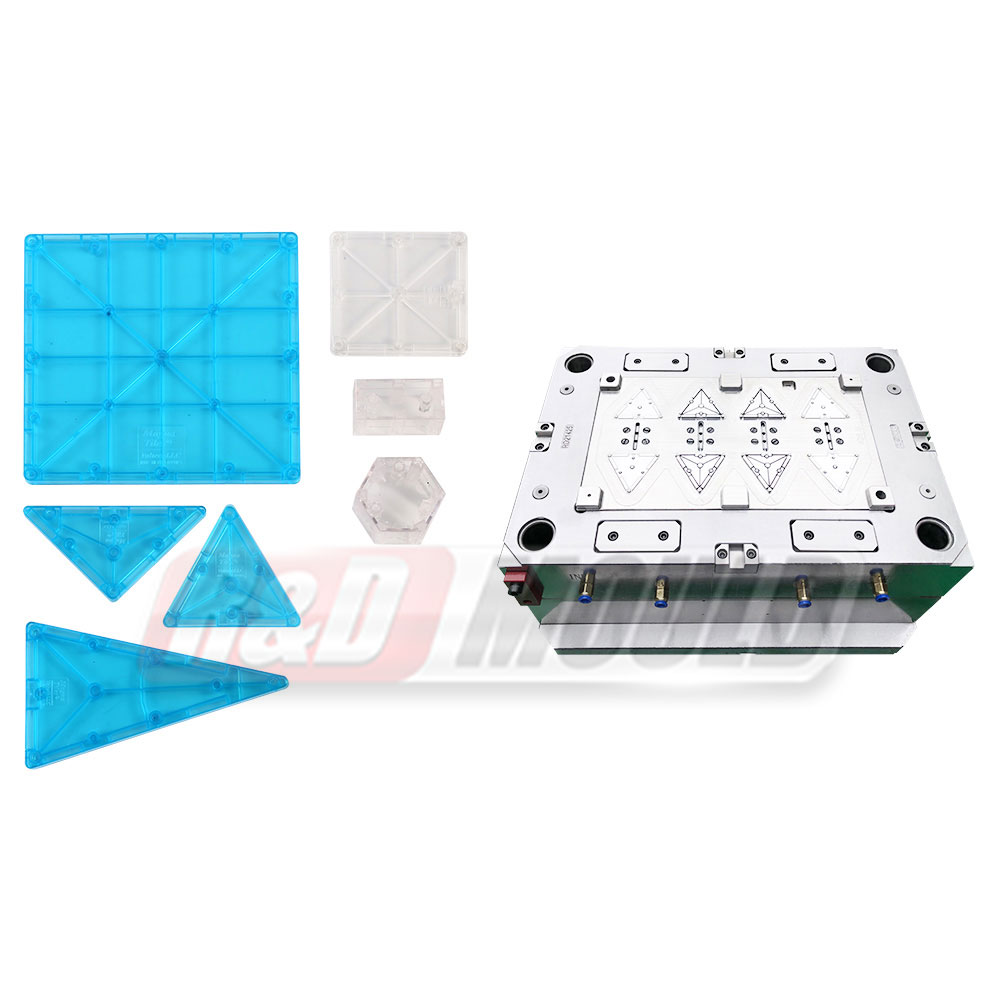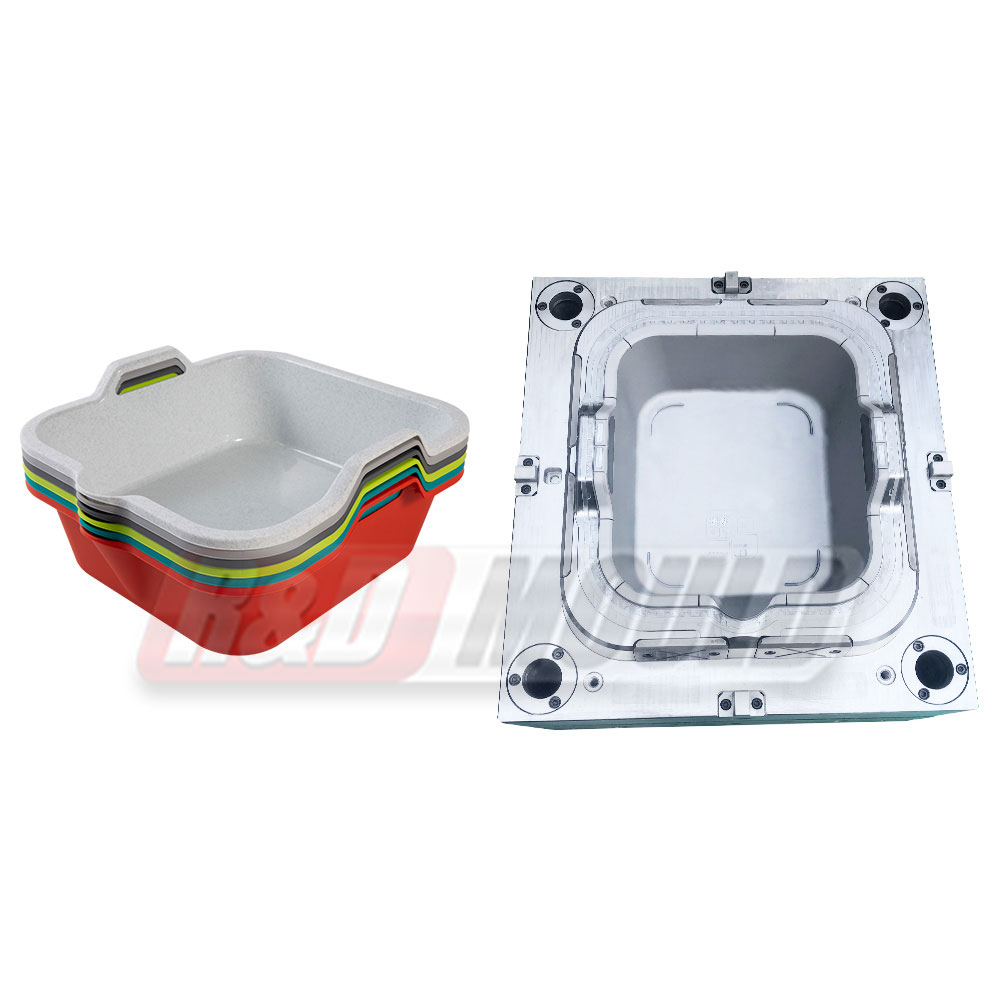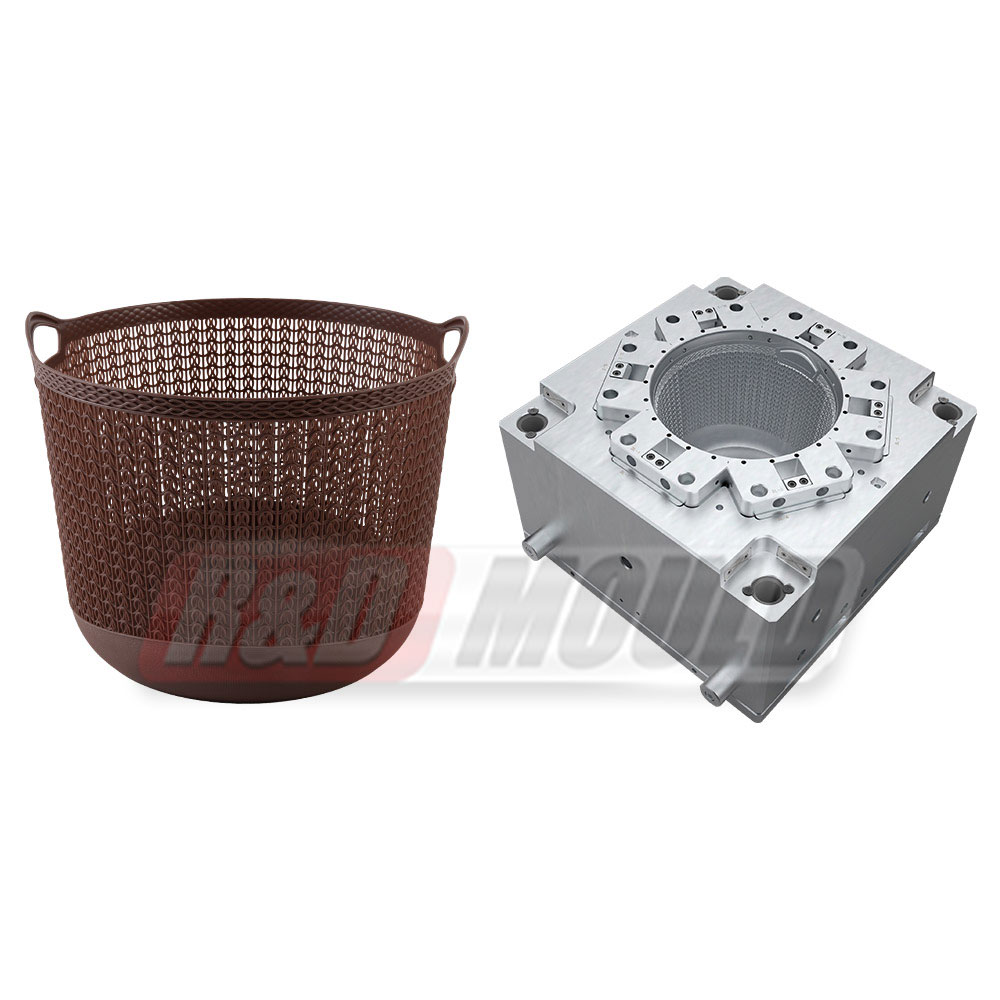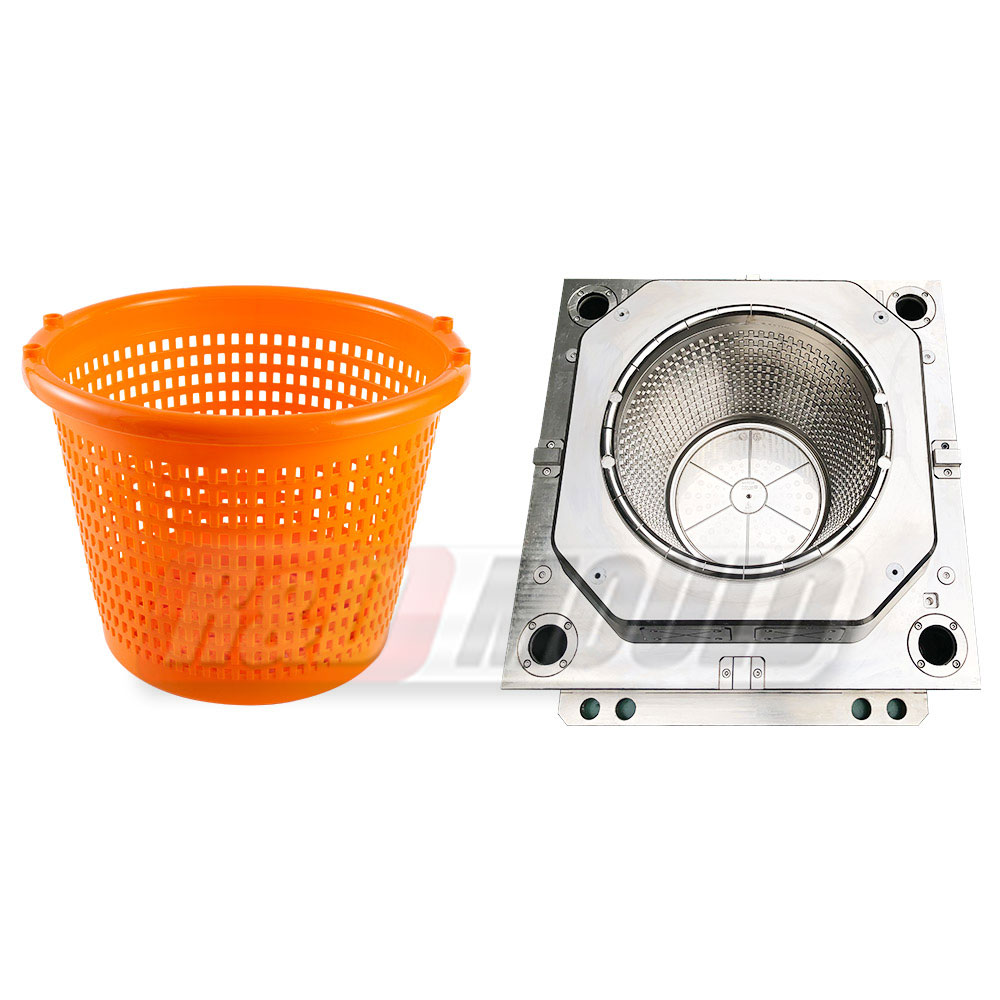As the automotive industry evolves, sustainability and environmental responsibility have become important priorities. The use of an auto mold in green manufacturing processes is gaining attention due to its potential to reduce waste, conserve energy, and promote the use of eco-friendly materials. This shift not only supports manufacturers’ environmental goals but also aligns with global efforts to create more sustainable production practices.
Eco-Friendly Materials in Auto Mold Production
One of the key aspects of green manufacturing involving the auto mold is the selection and application of environmentally friendly materials. Traditionally, auto molds are made from hardened steel or aluminum, which require significant energy and resources to produce. However, advances in material science have introduced alternatives that offer environmental benefits without compromising mold performance.
For instance, some manufacturers are exploring bio-based or recycled materials for mold inserts and components. While the core structure of the auto mold often remains metal for strength and precision, certain non-critical parts can now be fabricated using sustainable materials. This approach reduces the carbon footprint associated with mold production.
Moreover, using recycled steel or aluminum in the auto mold manufacturing process helps conserve raw materials and decrease waste. These metals can be melted and reformed multiple times without losing their mechanical properties, making them ideal for sustainable mold production.
Energy-Efficient Design of Auto Mold
Beyond materials, the design of the auto mold itself can significantly impact energy consumption during both manufacturing and production phases. Energy efficiency is a crucial factor when aiming for greener automotive manufacturing.
A well-engineered auto mold incorporates optimized cooling channels and thermal management systems. Efficient cooling reduces cycle times in injection molding or stamping processes, which in turn lowers the overall energy used per part produced. Innovative design software enables engineers to simulate and refine these systems before the mold is manufactured, ensuring energy savings.
Additionally, lightweight mold components contribute to reduced energy consumption. Lighter molds require less power to operate, especially in automated molding machines or presses. Using advanced alloys or composite materials for certain parts of the auto mold helps achieve weight reduction without sacrificing durability.
Automation and precision in mold design also reduce material waste during production. Accurate molds create fewer defective parts, which means less scrap material and fewer resources wasted.
Recycling and Sustainability in Auto Mold Lifecycle
Sustainability extends beyond the initial manufacturing of the auto mold to include its entire lifecycle. Recycling and reuse play significant roles in making auto mold usage more sustainable.
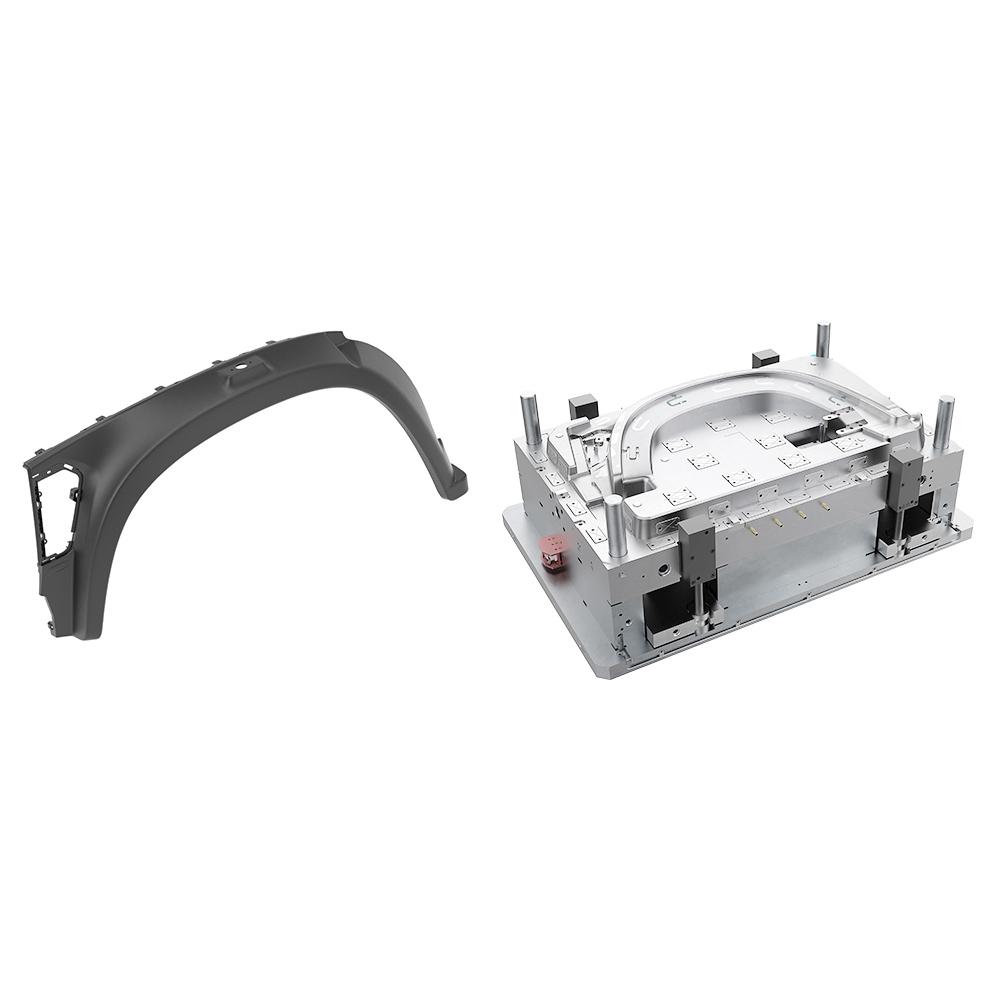
Many components of the auto mold can be refurbished or reconditioned at the end of their service life. Repairing worn mold cavities or polishing surfaces instead of replacing the entire mold helps conserve resources and reduce waste. This practice also lowers costs for manufacturers while supporting environmental goals.
Furthermore, scrap material generated during mold production is often recycled. Steel, aluminum, and other metals are collected, melted down, and reused in new molds or other industrial applications. This closed-loop approach minimizes landfill waste and promotes circular economy principles within the automotive tooling sector.
Manufacturers are also adopting modular designs for the auto mold. Modular molds allow individual sections to be replaced or upgraded without discarding the entire tool. This flexibility extends the overall life of the mold, making the process more sustainable and cost-effective.
Industry Initiatives and Future Outlook
The automotive sector’s commitment to green manufacturing has driven continuous innovation in auto mold design and production. Many companies have integrated environmental criteria into their procurement and manufacturing standards, requiring suppliers to demonstrate sustainable practices in mold fabrication.
Research and development efforts are ongoing to develop new eco-friendly materials and advanced cooling technologies that enhance the environmental performance of the auto mold. Emerging technologies such as additive manufacturing (3D printing) also offer potential for producing molds with less material waste and energy use.
Looking ahead, the role of the auto mold in green manufacturing is expected to grow as environmental regulations tighten and consumer demand for sustainable vehicles increases. By focusing on eco-friendly materials, energy-efficient design, and circular lifecycle management, the auto mold industry can contribute meaningfully to a more sustainable automotive future.
In conclusion, the auto mold is a vital component in the automotive manufacturing process with a growing role in environmental stewardship. Through the application of eco-friendly materials, energy-saving design innovations, and sustainable lifecycle practices, the auto mold helps reduce environmental impact while maintaining high production standards. This balanced approach supports the industry’s efforts to meet modern sustainability goals and paves the way for continued progress in green manufacturing.





 English
English عربى
عربى Español
Español Français
Français